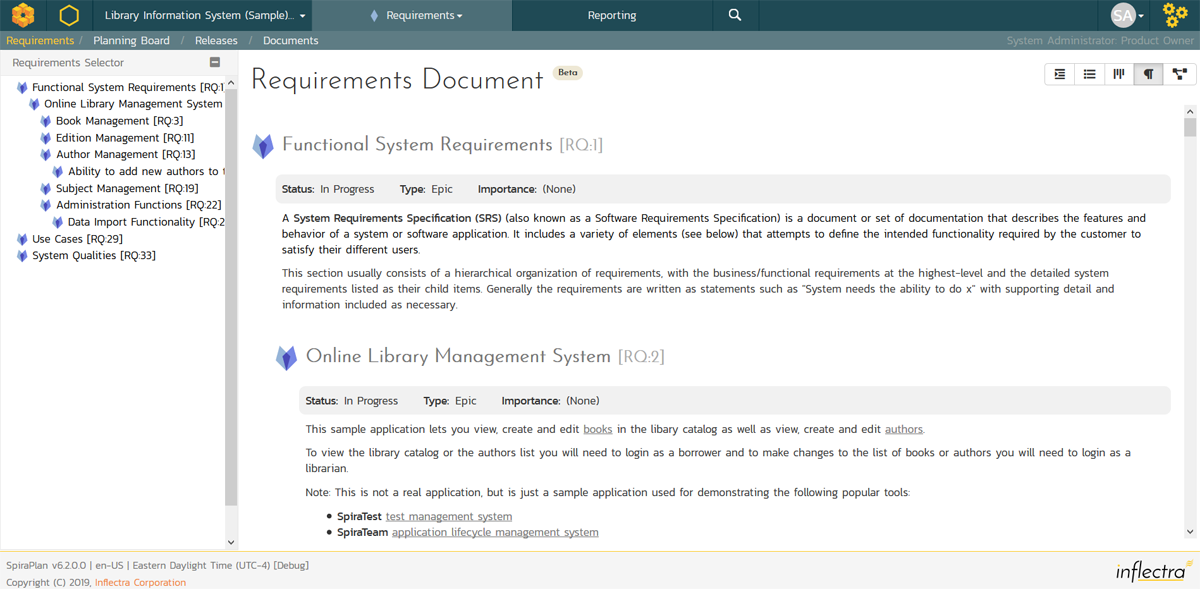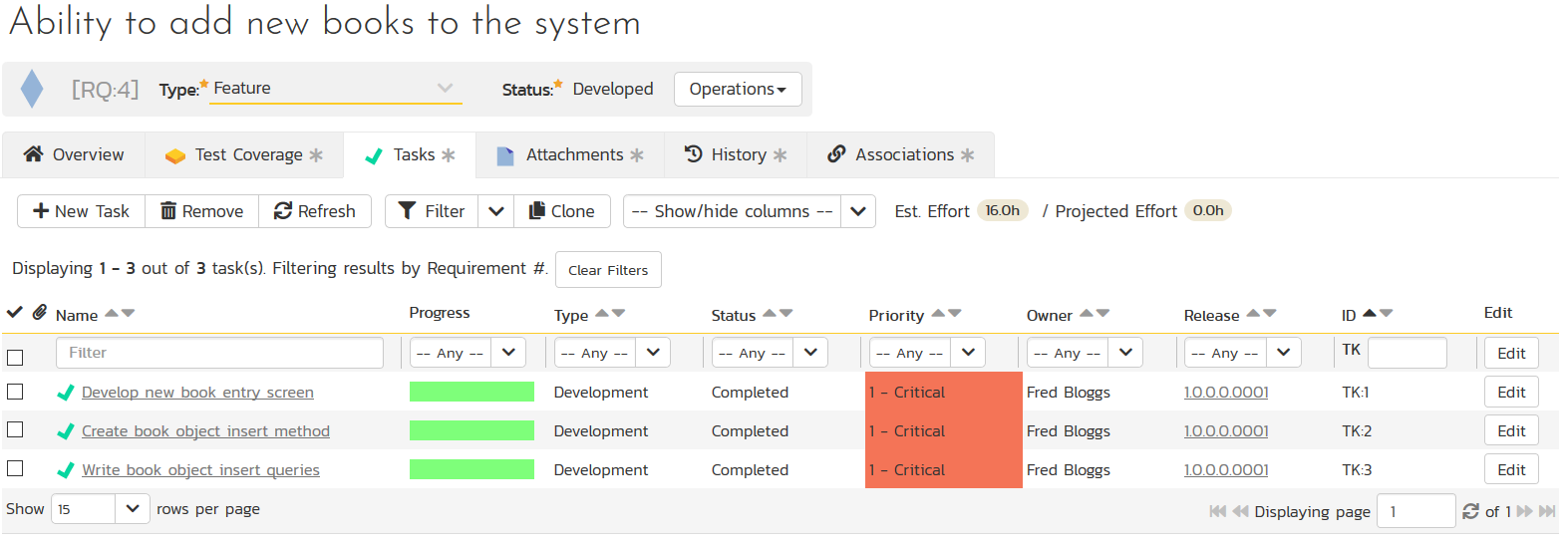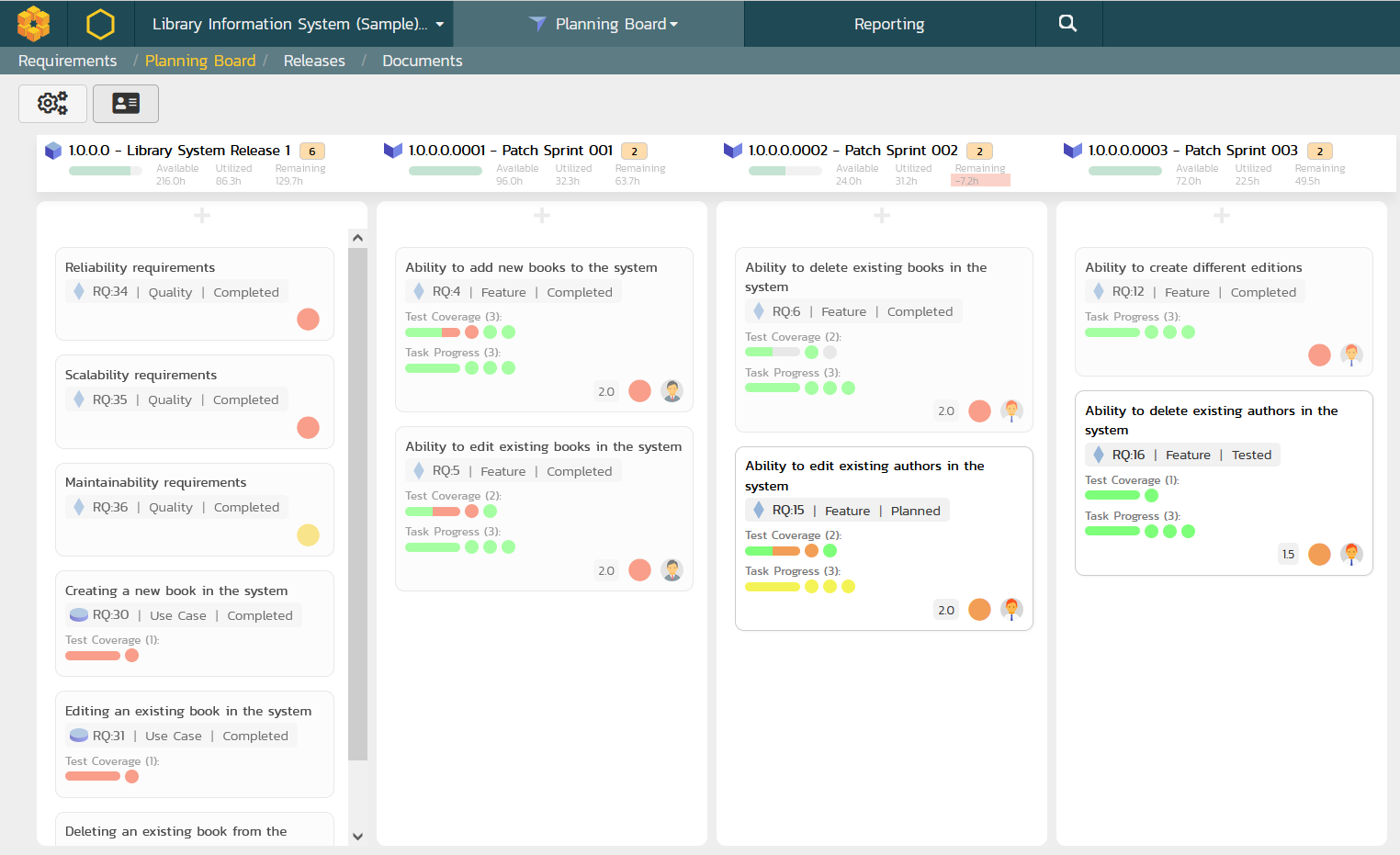Waterfall Project Management Methodology
While Agile methodologies have become the gold standard in recent years, the more traditional Waterfall model remains relevant for many projects, standing as a testament to structured, sequential development processes. Understanding Waterfall’s structure, practical applications, and where it fits within today’s development landscape is key for software developers and project managers alike.
What is Waterfall Methodology?
Developed in the 1950s for manufacturing and construction industries, the Waterfall model is a linear sequential process where progress flows steadily from one step to the next (like a waterfall). Because no formal software methodologies existed at the time, this hardware-oriented model was adapted (and officially dubbed the “waterfall model”) in the 1970s for application development. Each phase in Waterfall is completed before the next begins, and changes made during one phase typically won’t be revisited in later stages.
Waterfall is favored in environments with regulatory compliance that require meticulous planning and documentation — healthcare, defense, and similar industries.
Waterfall vs. Agile Methodology
While both Waterfall and Agile methodologies manage project timelines and outputs, their philosophies couldn’t be more different. Waterfall emphasizes structure and order — each phase has a defined start and endpoint, and retroactive changes are difficult to incorporate once a phase is complete. Agile thrives in environments that need flexibility and have changing requirements. Instead of rigid phases, Agile works in iterations that allow for adjustments along the way based on real-time feedback.
Waterfall is ideal for projects that need a predictable outcome and where the requirements are unlikely to change, while Agile is better for evolving needs or projects that will have regular reassessments. The choice between them often depends on project specifics, team dynamics, and organizational culture.
Waterfall Model Advantages & Disadvantages
No project management framework is perfect for all situations, and Waterfall is no exception. Its structured nature has advantages, but it also presents challenges in fast-changing environments. Understanding these can help project managers and teams make informed decisions about when and how to apply this approach. Let’s explore some of these pros and cons:
Advantages
Clear Structure & Scope
Project managers and stakeholders know exactly what to expect and when, and the linear progression provides a clear roadmap for the project. This predictability allows for highly organized projects where each phase has clear deliverables and deadlines. It minimizes ambiguity, aligns team members, and prevents scope creep. Projects requiring compliance with strict regulations, such as those in aerospace or pharmaceuticals, benefit from Waterfall's structure because of the predictable, systematic approach that leaves little room for deviation.
Detailed Documentation
With its emphasis on upfront planning and design, Waterfall projects typically produce a clear paper trail for compliance, future reference, or onboarding new team members. This makes the project easy to audit or transfer to new stakeholders without losing context. For new team members or those joining mid-project, detailed records make for a smoother onboarding process. In sectors like healthcare IT or defense contracting, where the software has to adhere to regulatory frameworks, detailed document trails are able to satisfy external reviews or compliance audits.
Simplified Management
Waterfall’s structure allows for easier coordination between large teams, each responsible for completing their specific phase of work. For example, designers can complete their work, pass it to the development team, and then move on to other projects, streamlining resource allocation. On large-scale projects (like ERP implementations), where multiple teams and even subcontractors are involved, the clear demarcation between phases prevents confusion over who is responsible for what.
Early Design Decisions
Another benefit of front-loading the design phase is that it requires teams to think through the entire system architecture before coding begins. This often leads to more cohesive, well-thought-out designs and fewer architectural changes later in the project. For complex systems with multiple integrations or those requiring high performance and scalability, early decisions can prevent costly rework down the line. This is particularly beneficial when designing mission-critical systems where changes during later stages could introduce unacceptable risks.
Disadvantages
High Rigidity
One of Waterfall's most significant drawbacks is its lack of flexibility once the project is in motion. Changing requirements mid-project often leads to redesigns or redevelopment, delaying completion and adding unexpected costs. This can be especially problematic in software development, where requirements often evolve as the project progresses. Imagine a software company developing a mobile app with shifting user expectations. By the time the app is released under a Waterfall model, user needs may have changed, rendering features obsolete or less valuable.
Reliance on Initial Requirements
Waterfall depends on having a near-perfect view of all project requirements from the start. If these are incomplete, misunderstood, or misinterpreted, the final product can miss the mark entirely, with limited room for course correction. Many real-world projects evolve as they progress, either due to new insights, changing market conditions, or feedback from users. Relying too heavily on the initial set of requirements can cause the project to drift from what is ultimately needed by its end users.
Delayed Testing
In the Waterfall methodology, testing only happens after the development phase is complete. This means any bugs or issues found late in the process can be harder to fix, potentially requiring reworking large parts of the project. The linear nature of Waterfall also delays user feedback until the very end, which can be problematic if significant issues are discovered post-development. If developers misinterpret the requirements or if those requirements are incomplete, the entire project might need a major overhaul when testing finally occurs.
Extended Time to Market
Similar to the testing drawback above, no working software is produced until late in the project timeline. This can be huge a disadvantage in fast-moving markets where early delivery of at least some functionality is important. In competitive industries where being first-to-market provides significant advantages, or startups that need to demonstrate progress to investors, this lengthy development cycle can be a major drawback.
Waterfall Methodology Phases
As mentioned earlier, Waterfall methodology follows a sequence of phases each building upon the previous one.
Understanding this progression gives us insight into how the methodology works:
- Requirements Gathering
- Business and Technical Design
- Development
- Testing
- Deployment
- Maintenance
Requirements Gathering
This first phase collects all the necessary information about what the final software should do. Stakeholders provide detailed requirements, which are documented for developers to follow. Analysts must not only capture explicit requirements but also uncover implicit needs that stakeholders might not articulate. It’s the foundation of the entire project, and any oversight here will have cascading effects on later phases. Because changes are difficult to implement after this phase, it’s critical to gather as much information as possible. Techniques like use case modeling, user stories, and prototyping should be used to get a thorough understanding of the system's needs.
Business & Technical Design
Once requirements are solidified, the design phase creates a blueprint of the system. This involves designing the architecture, data models, and user interfaces. The goal is to plan out exactly how the software will meet the requirements before writing any code. This phase often involves multiple levels — Business Design outlines the overall system architecture, while Technical Design dives deeper into the specifics of each module or component. Designers also need to keep in mind factors like performance, scalability, security, and maintainability while adhering to the defined requirements.
Development
This is where the actual coding takes place — developers work to translate the design documents into software code. This is often the longest phase and includes both front-end and back-end development. Devs are typically isolated from other teams in this phase, focusing entirely on implementation. They have little room for innovation beyond what was laid out in the design phase, which can limit problem-solving opportunities.
Testing
Once the coding is complete, the software undergoes rigorous testing to verify the functionality, usability, and security of the system. This includes unit testing of individual components, integration testing to ensure different parts work together, and system testing to verify that the software meets the original requirements. Any defects found are logged, prioritized, and sent back to the development team for fixing. However, finding a significant bug late in the process can delay the entire project.
Deployment
Once testing is complete, the software is deployed to the live production environment. The system is now available for use, and any final adjustments are made during this phase. Deployment in Waterfall is often a big event, sometimes called a “big bang” deployment. It includes technical aspects of installing the software as well as organizational change management (updating business processes, training end-users, setting up help desk support, etc.).
Maintenance
This final phase after deployment is the product entering the maintenance cycle. This means fixing bugs, making updates, and sometimes adding new features based on user feedback. Unlike earlier phases, this is an ongoing process and can last for the entire lifecycle of the software. Although Waterfall is known for its structured approach, the maintenance phase is where more flexibility is introduced, as the software must evolve to accommodate users’ needs, emerging technologies, or regulatory requirements.
Why Choose SpiraTeam for Waterfall Projects?
When deciding on a requirements management, project management, or test management tool, you often have to make a false choice between tools built for Waterfall projects and tools built for Agile projects. With SpiraTeam, you have the flexibility to choose a single system that can be used for Agile, Waterfall, and Hybrid projects.
For Waterfall projects, you can manage requirements the traditional way using a hierarchy of features, business requirements, and system requirements:
Those requirements can then be associated with test cases and development tasks to provide a measure of both test coverage (are the requirements tested?) and development progress (has the development been done?).
You can then manage your project technical tasks and work breakdown structure (WBS) against these formal requirements:
SpiraTeam has a traditional task Gantt chart available to see the releases and tasks scheduled over a timeline, with progress indicators. The Gantt chart can display the releases and phases in a timeline view:
You can then expand one level further to show the tasks under the releases and phases (in green) that illustrate the % completion of each of the tasks, and the overall phase.
SpiraTeam also offers a PERT (Program Evaluation and Review Technique) chart view. This decomposes the releases, phases, iterations, and sprints into a hierarchical diagram so that you can see the dependencies and composition of the work in each release:
The platform provides comprehensive reporting dashboards of key project quality and progress indicators (requirements test coverage, task progress, project velocity, top issues, etc.) in one consolidated view:
The top reasons that our customers choose SpiraTeam over other solutions are:
- It’s a complete solution that includes requirements management, release planning, iteration planning, task estimation, and defect tracking — all fully integrated from day one.
- A highly intuitive web application that provides a complete picture of a project’s status and health but only requires a browser to access.
- Methodology-agnostic and equally effective for Waterfall, Hybrid, and Agile projects.
- Leverages your existing technology investments by integrating with many third-party defect-management systems and software configuration management (SCM) systems.
In addition, we provide superb technical support that ensures inquiries and questions are dealt with in a timely and professional manner.
How do I Get Started?
To learn more about SpiraTeam and how it can improve your software development processes please:
Try our products free for 30 days, no credit cards, no contracts
Free Trial Please!And if you have any questions, please email or call us at +1 (202) 558-6885








